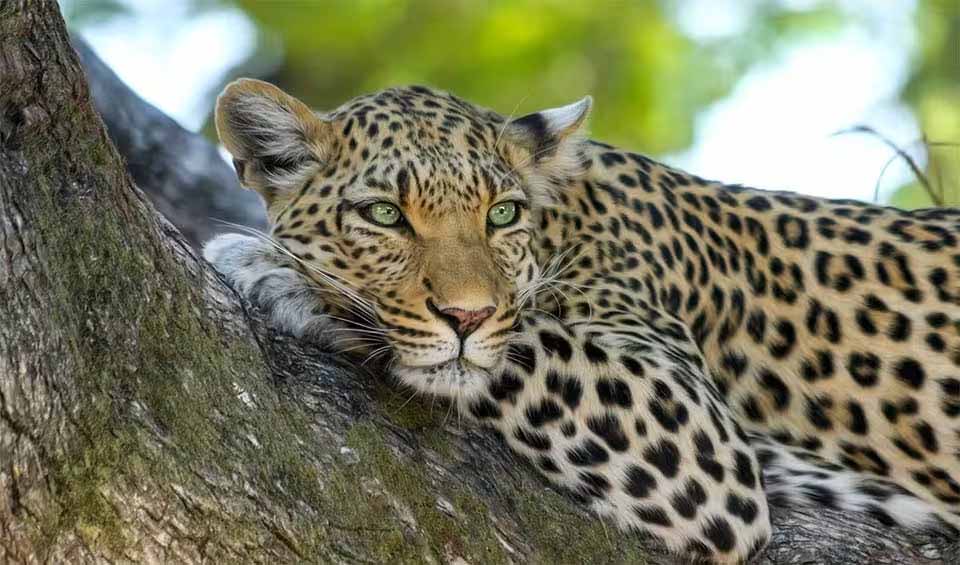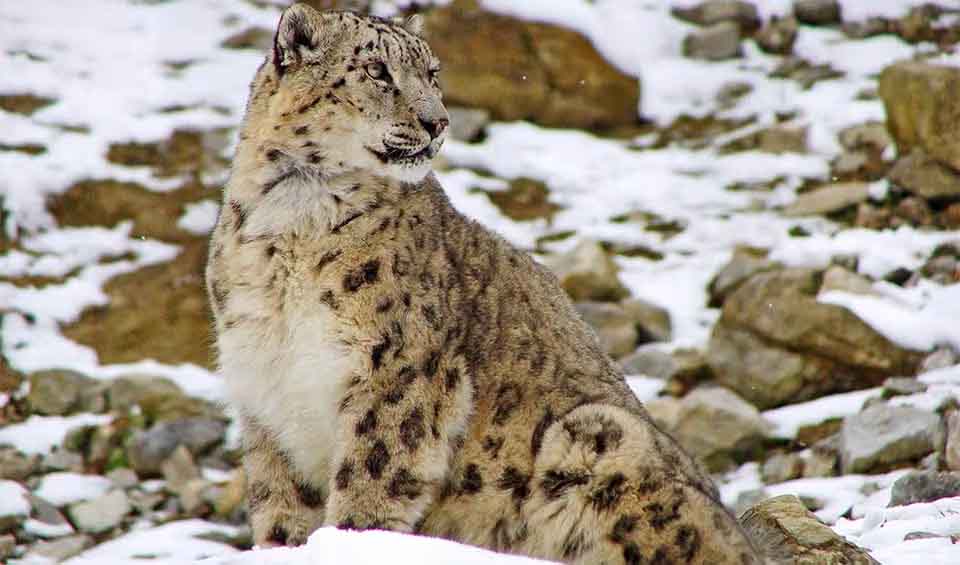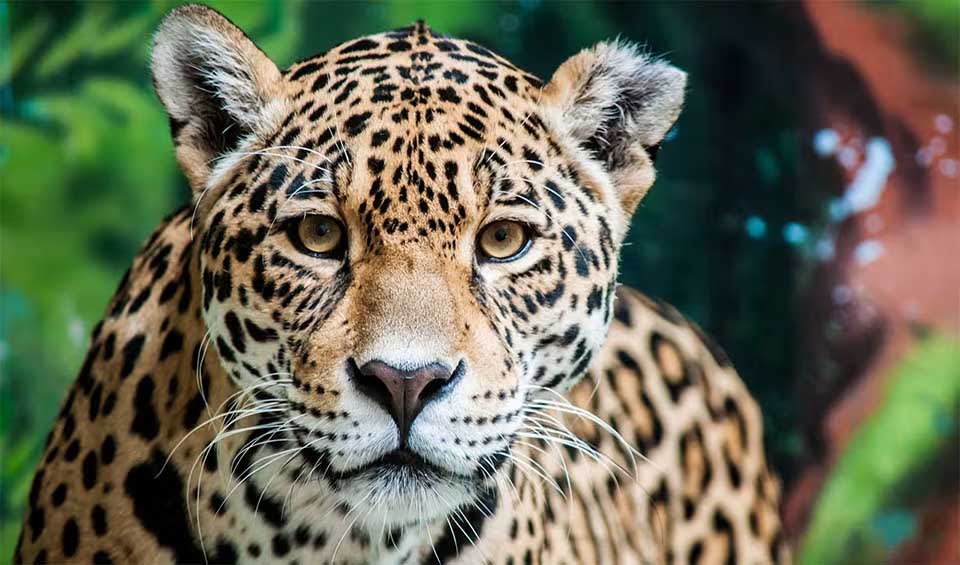Panthera – Panthers
When the teacher puts all the strong kids in one group
The genus Panthera, a symbol of strength, agility, and charisma, represents the epitome of feline grace and power across the globe. This genus is critically important ecologically and culturally but is the most endangered among all cat genera. Initially, Panthera was thought to encompass a wide range of large and small spotted cats. However, contemporary taxonomic classification has refined this to include only five iconic big cat species: the tiger (Panthera tigris), lion (Panthera leo), leopard (Panthera pardus), snow leopard (Panthera uncia), and jaguar (Panthera onca).
The range of habitats Panthera species inhabit is vast and varied, reflecting their incredible adaptability from the snow-capped peaks of the Himalayas, where the elusive snow leopard reigns, to the sprawling savannahs of Africa, home to the majestic lion, and the dense rainforests of Asia and South America, where tigers and jaguars stealthily roam. This adaptability to diverse ecosystems underscores their ecological significance, acting as critical regulators of prey populations and indicators of habitat health.
The members of this genus hold profound cultural significance worldwide. They symbolize power, courage, and freedom in various human societies. They are woven into local mythologies, national emblems, and even global conservation symbols, highlighting the deep connection between humans and these magnificent creatures.
Despite their revered status, the big cats of the Panthera genus face numerous and escalating threats. The decline in prey base due to overhunting and habitat destruction, loss of habitat from human expansion, direct hunting for trophies, conflict with humans over livestock predation, and illegal trafficking for traditional medicines and luxury items pose significant challenges to their survival.
Tigers, lions, leopards, and snow leopards have been particularly targeted for poaching and illegal trade, severely impacting their populations. Once relatively safe from such threats, the jaguar has recently come under pressure due to demand for its body parts in traditional Chinese medicine, mirroring the plight faced by its Asian counterparts.
Species in this genus
Tiger
3,000 in the wild and 10,000 in captivity., tigers are being treated as Selfie props than wildlife
Lion
Tufted-tailed Simba in the plight
Leopard
Disappearing graceful shadows, this tree-climber is on the way to extinction
Snow leopard
The vanishing big cat of the cold, rugged Himalaya mountains is being executed by the humans
Jaguar
This solitary cat is America’s largest feline and the world’s third, after the tiger and the lion





